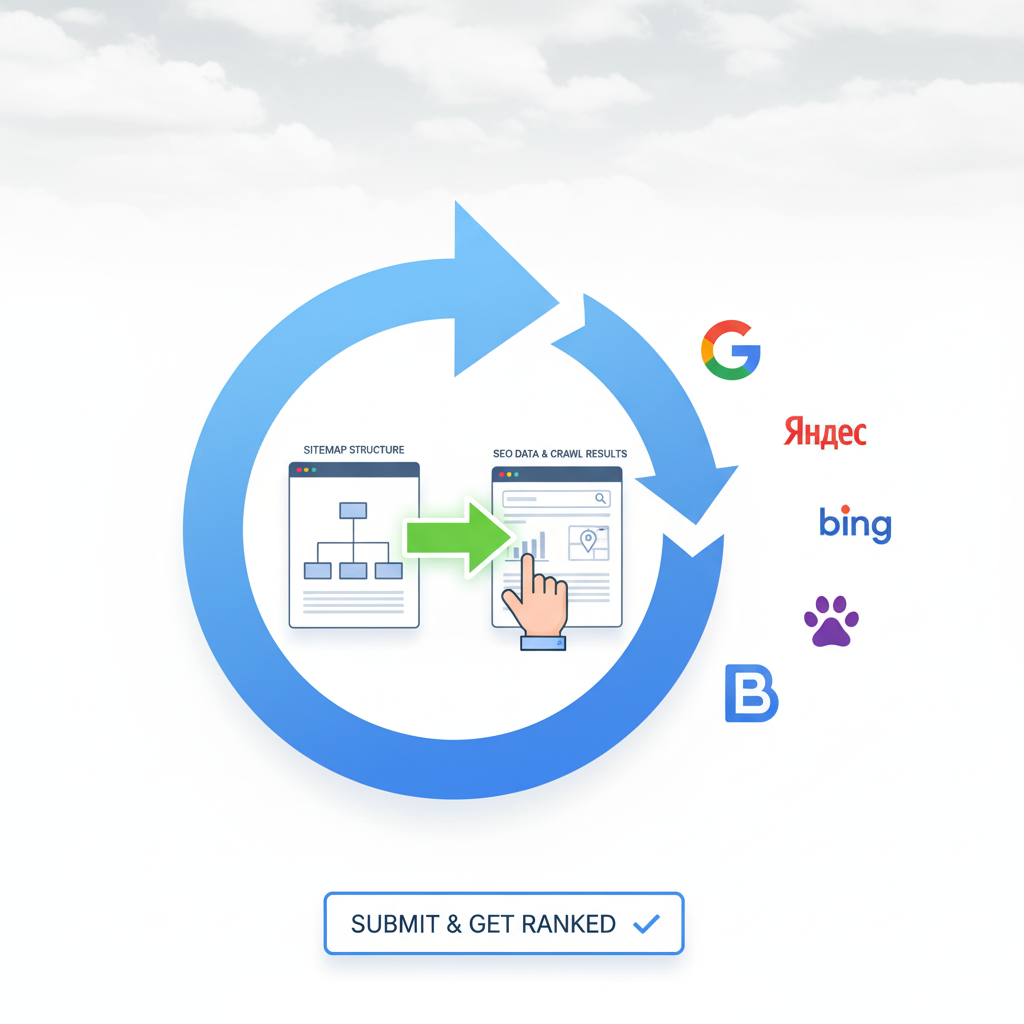What Is XML Sitemaps Generator?
An XML Sitemaps Generator is a powerful tool designed to create structured XML files that outline the hierarchy and organization of a website's content. These sitemaps serve as a roadmap for search engine crawlers, enabling them to efficiently index web pages and understand the website's structure.
By generating an XML sitemap, webmasters can ensure that all essential pages, including those buried deep in the site's architecture, are discoverable by search engines like Google and Bing. This boosts the website's visibility in search results, contributing to improved SEO performance. An XML Sitemaps Generator is particularly beneficial for large websites, eCommerce platforms, and blogs, as it simplifies the process of maintaining up-to-date sitemaps and enhances crawl efficiency.
For optimal results, a high-quality generator should support customizable options, such as priority levels, update frequencies, and multilingual content.
What Our Users Say
"This tool saved me hours of manual work. Generated a perfect sitemap for my 200+ page website in minutes. The customization options are exactly what I needed."
"Fast, reliable, and completely free. The crawl depth control helped me focus on the most important pages. My Google indexing improved significantly."
"Simple interface but powerful features. The real-time progress tracking and detailed statistics give me confidence in the results. Highly recommended."
Google XML Sitemap Generator
Create XML Sitemaps for Google, Bing Search Engines with our intelligent Online XML Sitemap Generator Tool
Generate SEO-optimized Sitemaps to enhance your site's indexing coverage and improve visibility in search results. Our tool offers scalable solutions for every website from personal blogs to large eCommerce platforms.
No coding or technical expertise required. Our system automatically creates structured XML files following all technical standards and ensures compatibility with major search engines including Google, Bing, and Yahoo.
Deploy our intelligent crawler that systematically maps your website and generates optimized XML files. This helps search engines discover your content faster and understand your site structure more effectively.

More XML Tools
XML Sitemap Compression
Compress and optimize your XML sitemaps for faster loading
Image Sitemap Generator
Create specialized sitemaps for image content
Video Sitemap Generator
Generate sitemaps optimized for video content
News Sitemap Generator
Create Google News compatible XML sitemaps
XML Sitemap Validator
Validate and check your XML sitemap for errors
Multi-Language XML Sitemap
Generate sitemaps for multilingual websites
XML Sitemap Visualizer
Visualize and analyze your XML sitemap structure
Sitemap Difference Checker
Compare and analyze differences between sitemaps